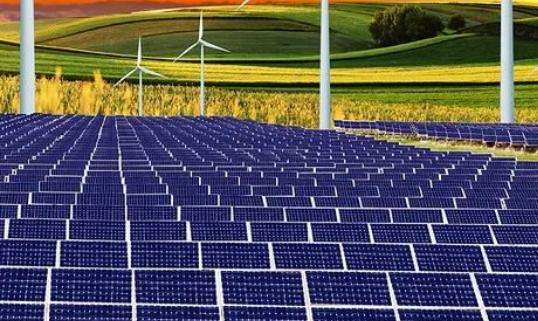The back sheet of the solar cell is an important part of the solar panel. It not only provides support and protection, but also affects the performance of the solar panel. Solar cell backsheet is mainly used in the field of solar photovoltaic power generation. It can protect solar panels from the influence of external environment and can also improve the stability and service life of solar panels.
Materials of solar cell backsheets
There are three main materials for solar cell backsheets: aluminum plates, stainless steel plates and polymer plates. Among them, aluminum plates and stainless steel plates are traditional solar cell backsheet materials. They have high strength and stability, but are heavy and are not conducive to installation andtransport of solar panels. Polymer panels are currently a popular material for the backsheet of solar cells. They are lighter and more resistant to corrosion, as well as better formability and plasticity.
Solar cell backsheet manufacturing process
There are two main manufacturing processes of solar cell backsheet: mechanical processing and forming processing. Mechanical processing is a traditional process of manufacturing solar cell backsheets, which requires cutting, drilling, bending and other processes to process solar cell backsheets. Casting processing is currently a popular manufacturing process for solar cell backsheets. It can manufacture solar cell backsheets through injection molding, extrusion, calendering and other processes, withhigh production efficiency and good product consistency.
Development trend of solar cell backsheets
With the continuous development of photovoltaic solar power generation technology, solar cell backsheets are also constantly improved and upgrades. In the future, the development trend of solar cell backsheet will mainly be reflected in the following aspects:
1. Material optimization: In the future, solar cell backsheet materials will be thinner, lighter and corrosion resistant. - durable, high temperature resistant and environmentally friendly, etc.
2. Improved manufacturing process: In the future, the manufacturing process of solar cell backsheets will be more intelligent, automated, efficient and refined.
3. Function improvement: In the future, background sheets willSolar cells will have more functions, such as anti-glare, noise reduction, heat preservation, fire prevention, etc.
Operation steps
1. Prepare materials: solar cell backplane, cutting machine, drill, bending machine, etc.
2. Fabricate solar cell backsheet: According to the size and requirements of the solar panel, use mechanical processing or forming treatment to manufacture the solar cell backsheet.
3. Install the solar cell back panel: Install the prepared solar cell back panel on the solar panel to ensure it is firm and reliable.
4. Check the solar cell backplane: check the size, surface quality, flatness, resistance, etc. of the solar cell backplane to ensure it meets the requirements.
Disadvantages ofFluorine-free solar backsheet
295*295 mm, 10W.
Conventional solar cells generally have an EVA material structure, and the cells between two layers of glass are heavier and require support during installation. Frame, not easy to move.
Flexible thin-film solar cells do not require glass backsheets or covers and are 80% lighter than double-layer glass solar cell modules. Flexible cells using PVC backsheets and ETFE film covers can even be bent as desired. , easy to carry. No special supports are required during installation and it can be easily installed on the roof or on top of a tent.
Detailed informationPrinciple of energy production
Solar cell is a device that reacts to light and can convert light energy into electricity. There are many typesof materials that can produce photovoltaic effects, such as: monocrystalline silicon, polycrystalline silicon, amorphous silicon, gallium arsenide, copper selenium indium, etc. Their principles of energy production are basically the same. Today, crystalline silicon is used as an example to describe the photovoltaic power production process. Crystalline P-type silicon is doped with phosphorus to obtain N-type silicon, forming a P-N junction.
When light irradiates the surface of the solar cell, part of the photons are absorbed by the silicon material; the energy of the photons is transferred to the silicon atoms, causing the electrons to transition and become free electrons. accumulate on both sides of the P-N junction to form a potential difference, when the external circuit is connected, under the action of this voltage, a current will flow through the ciexternal annealing to produce a certain output power. The essence of this process is as follows: the process of converting photon energy into electrical energy.
Baidu Encyclopedia - Solar Panel
The disadvantages of fluorine-free solar backsheet are as follows.
1. Fluorine-free basesheet production has high pollution and high energy consumption.
2. The energy distribution density of irradiation is low, which means it occupies a huge area.
3. The energy obtained is related to the four seasons, day and night, cloudy and sunny weather conditions, etc.
4. Compared to thermal energy production, the cost of electricity. the generation is raised.














